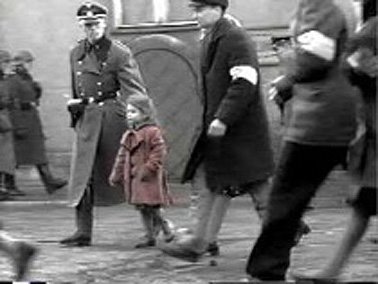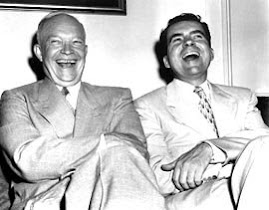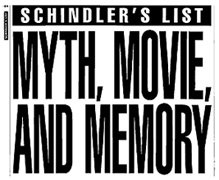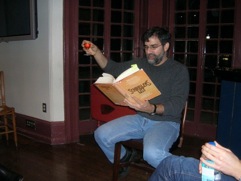
"Part of the secret of success in life is to eat what you like and let the food fight it out inside." Mark Twain wrote that. C. A. Conrad's book of poems
(Soma)tic Midge proves that exactly the opposite (opposite in every element) is probably the truth.
Eat what you must, and let the food fight it out on the outside. Fortunately for us, the outside is this writing.
The Faux Press of Cambridge, Mass., has published
Conrad's chapbook, the first work in a series Conrad is writing under the general rubric "somatic poetics." Poetry of the body, by the body, maybe even for the body--although while the first two effects can be discerned in the writing, the latter of course can only be guessed from it. But I'm guessing this work has felt to the poet to be
for the body also. Work that is
done to the body.
In this sequence, Conrad writes whatever he wants under the vague (that is to say, only generally defined) somatic influence of foods of a certain color. To write the poem partly titled "distorted torque of FLORA'S red," he ate only "red foods for a day"--and in that instance subjected himself to the additional rule or compositional constraint of being "under the influence of" a red wig, worn a certain way.
So these poems are rule-bound - procedural poetry - but the effect is left to the reader to understand according to his or her belief (if "belief" be the word) in the idea that we are what we eat. To exactly the extent one believes we are what we eat these poems will seem specifically somatic.
The poems don't at all participate in the traditional symbolism of colors. The red (red food day) poem is not about love; the yellow poem is not about cowardice; the green poem is not any more verdant or natural than any of the others.
I dig rule-based verse at the level of the series/project, though sometimes less so at the level of the stanza and line in such a poem. But in
(Soma)tic Midge I dig it sometimes at the level of the line as well. My mind is working all the time: this or that never-quite-explicable stanza always stands in some kind of relation to the poem's color, the food I'm imagining Conrad had to eat that day to write it. The juxtaposition doesn't keep the poem from going where it will go but commands alertness to juxtaposition--not juxtaposition of poetic elements set side by side and operating on same plane, but rather this: (1) words in front of you, "under the influence of" (2) the body consuming food of a certain resonant-but-not-symbolic color. The effect is hard to describe and I'm sure I have failed here. In the yellow poem, is the "something" in
something
might hinder this
emphasis of
ferocity

all that yellow food--grits with butter, wax beans, bananas? Is "this" the poem that tries to stand against what yellow typically means? We ain't foolin' around. The poet who wrote those lines spent the day eating yellow food (enough to make me feel a loose bowel movement coming on) and, I should add, "while under the influence" of a yellow condom tucked into his left sock. Anyone who met C. A. Conrad that day wouldn't have known of the latter "influence"--it's between us, shall we say; we are let in on a close-by secret and I for one find myself under its strange influence too. I too "look under / pain and / find me."
As we move through these drastically colored days, the conditions seem to increase in extremity. For his blue day he subjects himself to the continuously looping sound of Bobby Vinton's "Blue Velet." For white, the final poem, the food is at its most awful blandness (although I love turnips if they are pureed) and the ultimate bodily white--semen--is written on the poet's forehead. A life-embracing somatic twist on Kafka's notion of penal punishment. This final poem is devastating:
Dear Admiral White Pants
thanks for
the field
guide to
extinct
animals
you make me the
belly who
birds push
through at last
White is war. It's also the color of the truce flag, announcing the withdrawal from the agonistic field. In C. A. Conrad's white (white food day) poem, the speaker is rebuked by a martial uncle who thinks his nephew would make a bad soldier, and we have no doubt by that point that he is right. But then again, think of the
discipline required. That he's got aplenty. He takes over white--takes it over from the militarizers. Finally, in the end, in the final lines, white is in fact
peace, as "a dove / lands but / I say nothing" and "no spell [is] / broken." We are back to the great traditions of poetry: the end of the poem is the coming down softly of language, swerving but with surprising grace, upon extended wings.
- - - -
C. A. Conrad's PennSound author page includes links to free downloadable mp3's of many of the poems this chapbook, as well as from his more recent book, published by Chax, called The Book of Frank."
 There’s much one can say about the iconoclastic philosopher Mortimer Adler - the complex, driven brilliant co-creator of Great Books and of the all-knowledge totalizing ultra-simplifying encyclopedia (The Synopticon) that was a child or grandchild of Great Books that Adler edited with the support of the president of the University of Chicago, Robert Maynard Hutchins. I won’t say even a fraction of what I could about Adler, who has long fascinated me.
There’s much one can say about the iconoclastic philosopher Mortimer Adler - the complex, driven brilliant co-creator of Great Books and of the all-knowledge totalizing ultra-simplifying encyclopedia (The Synopticon) that was a child or grandchild of Great Books that Adler edited with the support of the president of the University of Chicago, Robert Maynard Hutchins. I won’t say even a fraction of what I could about Adler, who has long fascinated me.


























































